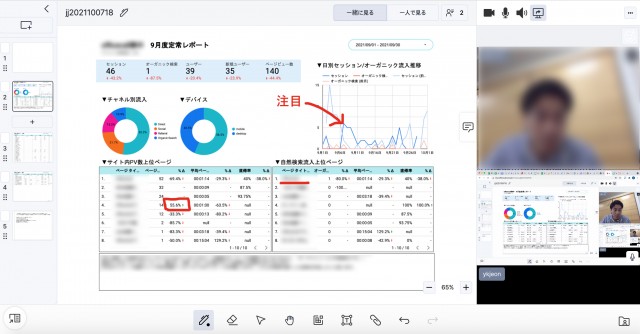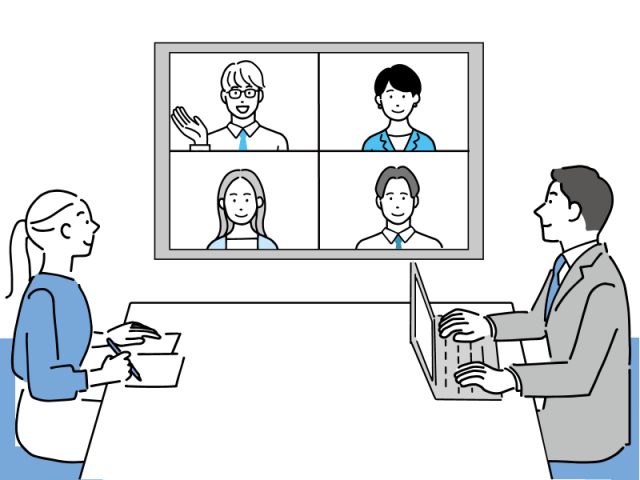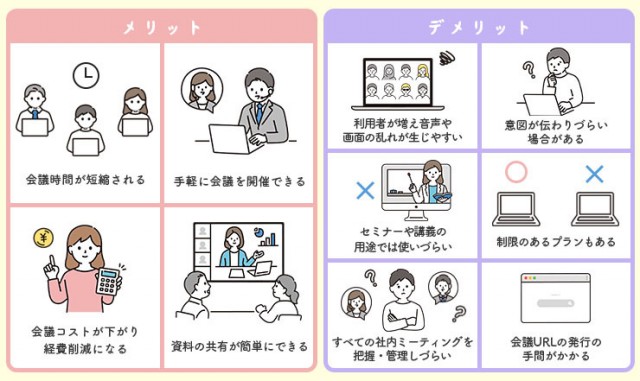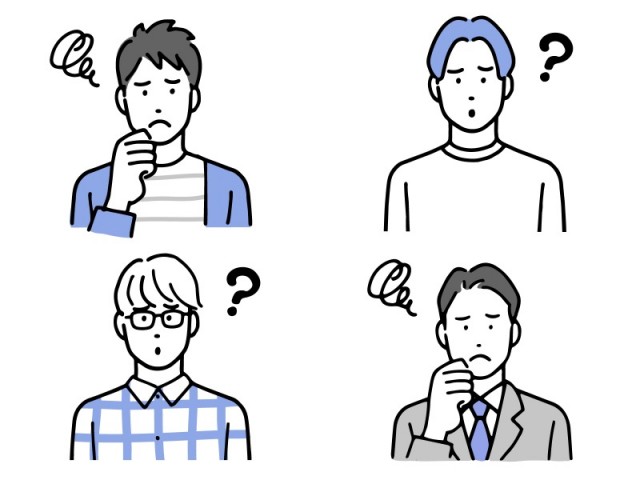A Beginner's Guide To Neural Networks And Deep Studying
ページ情報
본문
Greater than three layers (including input and output) qualifies as "deep" learning. So deep shouldn't be only a buzzword to make algorithms seem like they read Sartre and listen to bands you haven’t heard of yet. It is a strictly defined time period that means multiple hidden layer. In deep-studying networks, every layer of nodes trains on a distinct set of options based mostly on the earlier layer’s output. The additional you advance into the neural internet, the extra complex the features your nodes can acknowledge, since they aggregate and recombine options from the earlier layer. From graph theory, we all know that a directed graph consists of a set of nodes (i.e., vertices) and a set of connections (i.e., edges) that hyperlink collectively pairs of nodes. In Figure 1, we are able to see an instance of such an NN graph. Each node performs a simple computation. Every connection then carries a signal (i.e., the output of the computation) from one node to another, labeled by a weight indicating the extent to which the signal is amplified or diminished. Some connections have large, optimistic weights that amplify the sign, indicating that the signal is essential when making a classification. Others have damaging weights, diminishing the power of the signal, thus specifying that the output of the node is less important in the ultimate classification.
As a result of R was designed with statistical analysis in thoughts, it has a improbable ecosystem of packages and other sources that are great for information science. Four. Robust, rising neighborhood of information scientists and statisticians. As the field of data science has exploded, R has exploded with it, becoming one of the fastest-growing languages on this planet (as measured by StackOverflow). It employs convolutional layers to routinely be taught hierarchical options from input pictures, enabling efficient picture recognition and classification. CNNs have revolutionized computer vision and are pivotal in tasks like object detection and picture analysis. Recurrent Neural Community (RNN): An artificial neural community type supposed for sequential knowledge processing is called a Recurrent Neural Network (RNN). We will calculate Z and A for each layer of the network. After calculating the activations, the following step is backward propagation, the place we update the weights using the derivatives. That is how we implement deep neural networks. Deep Neural Networks carry out surprisingly effectively (perhaps not so stunning if you’ve used them earlier than!).
We are going to subtract our expected output value from our predicted activations and square the consequence for each neuron. Summing up all these squared errors will give us the final value of our cost function. The idea here is to tweak the weights and biases of each layer to reduce the associated fee perform. For instance: If, once we calculate the partial derivative of a single weight, we see that a tiny improve in that weight will enhance the cost perform, we all know we must decrease this weight to reduce the associated fee. If, then again, a tiny increase of the load decreases the price function, we’ll know to increase this weight as a way to lessen our price. In addition to telling us fairly we must always increase or decrease every weight, https://www.thethingsnetwork.org/u/nnrun the partial derivative may also indicate how much the weight should change. If, by making use of a tiny nudge to the worth of the burden, we see a major change to our price perform, we know this is a vital weight, and it’s worth influences heavily our network’s value. Due to this fact, we must change it considerably so as to attenuate our MSE.
The MUSIC algorithm has peaks at angles other than the true physique angle when the supply is correlated, and if these peaks are too large, it is easy to cause misjudgment. E algorithm, and the deviation of the peaks in the 40° and 70° instructions is considerably smaller than that of the MUSIC algorithm. The deviation of the peaks within the 40° and 70° instructions is significantly smaller than that of the MUSIC algorithm. The same linear characteristic statistic (mean spectral radius) of RMT cannot precisely symbolize the statistical data of all partitioned state matrices; i.e., the mean spectral radius does not apply to all dimensional matrices. As a result, algorithmic trading may very well be responsible for our subsequent major monetary crisis in the markets. While AI algorithms aren’t clouded by human judgment or feelings, in addition they don’t take into consideration contexts, the interconnectedness of markets and elements like human trust and concern. These algorithms then make 1000's of trades at a blistering tempo with the aim of selling just a few seconds later for small income. Selling off thousands of trades may scare buyers into doing the identical factor, leading to sudden crashes and extreme market volatility.








